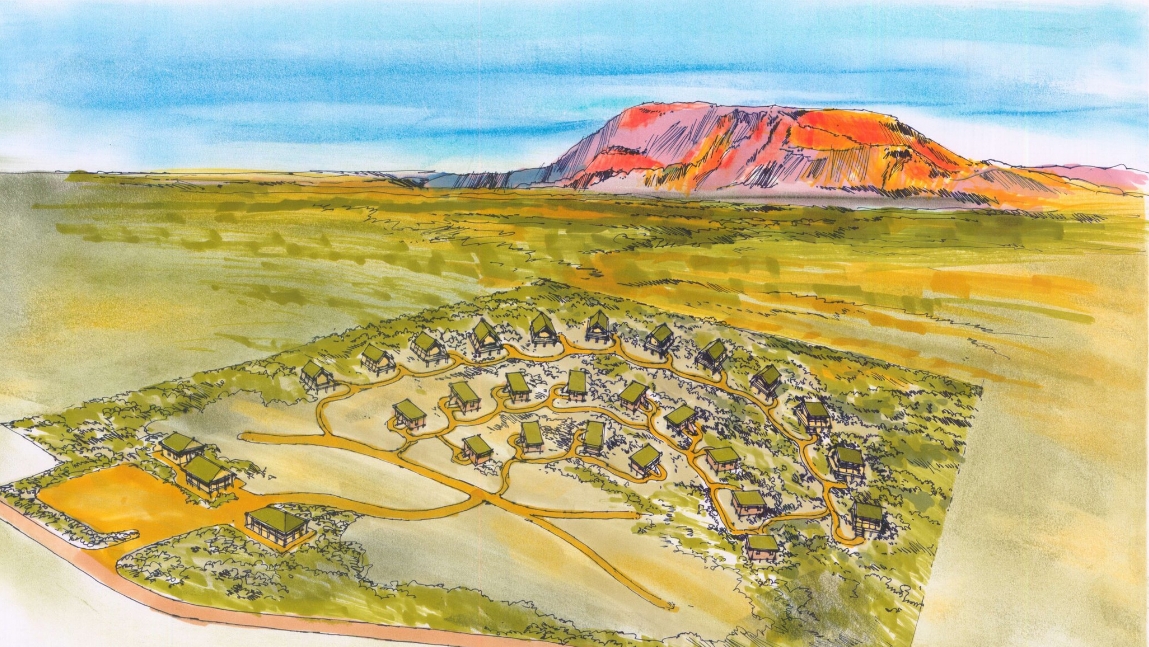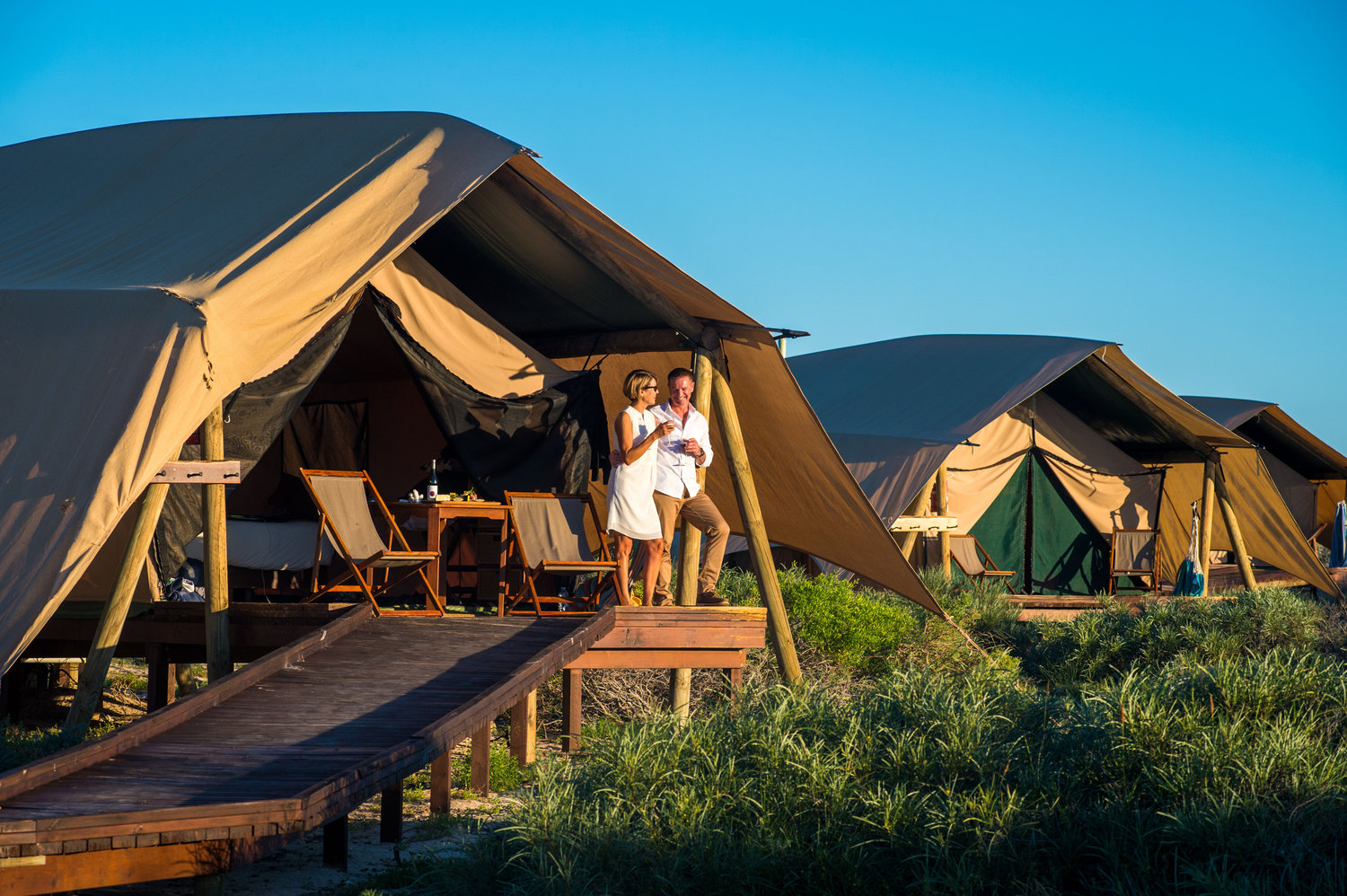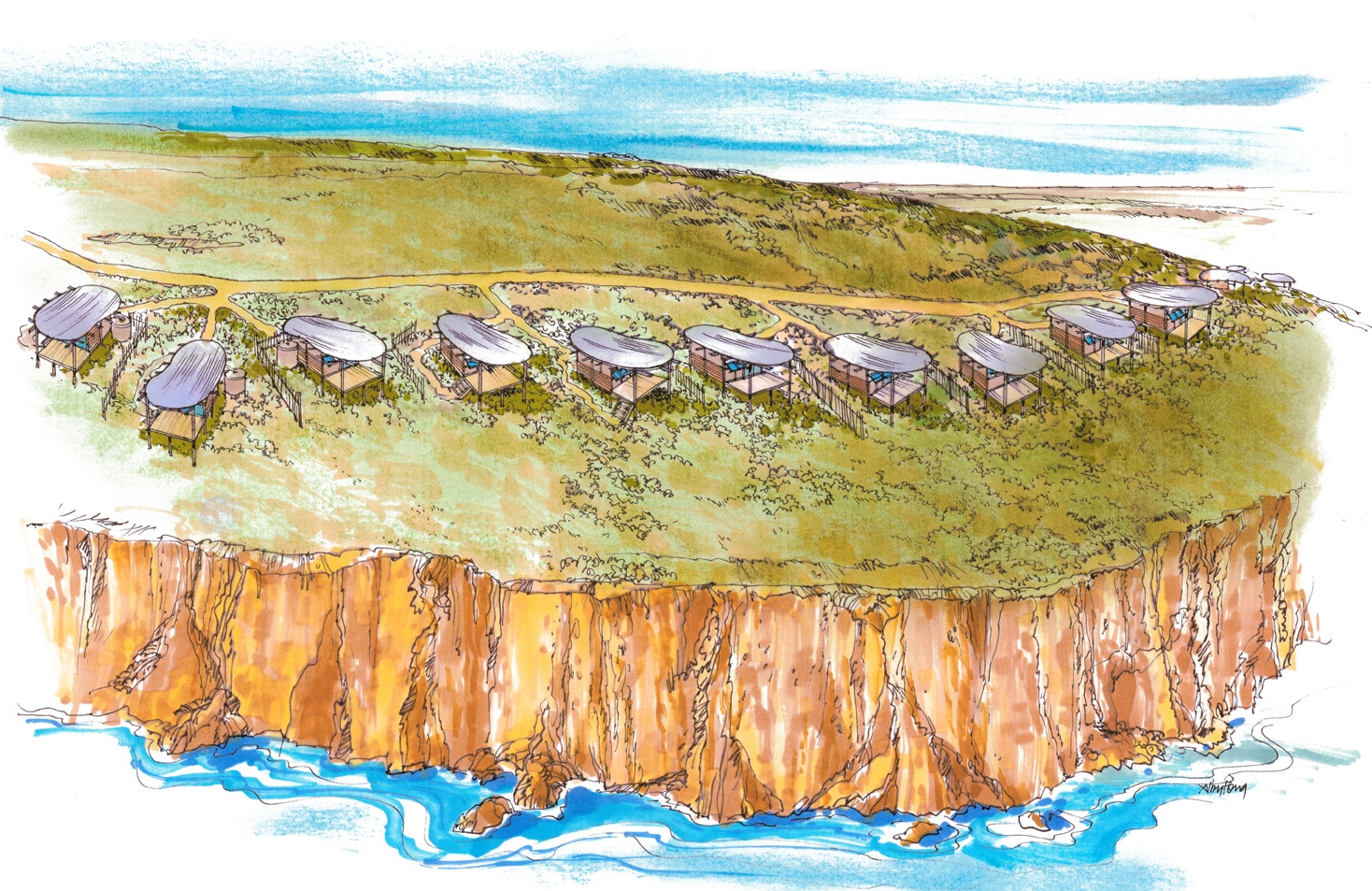Indigenous Accommodation and Tourism
Brighthouse was engaged by Indigenous Business Australia to prepare a feasibility study for the management of the existing Whale Watching Tourist Centre and concepts for tourist accommodation facilities at Head of Bight on the Eyre Peninsula in South Australia.
Tourism is a significant contributor to the economy of the Pilbara region that includes the Karijini National Park, Western Australia's second largest national park, which is an area of high future tourism potential, with a capacity for wealth-generation and job-creation. Brighthouse recently prepared a tourism Strategy for the custodians of the land, the Martidja Banyjima Aboriginal Corporation (MIBAC).
Brighthouse, produced an Expression of Interest document for the indigenous owners of the Middle Lagoon Campgrounds and Chalet Park, to attract potential lessees for the superb coastal property near Broome in the Kimberly region of Western Australia. The document was promoted by Tourism WA.
Brighthouse and associate consultant, Starfish, worked with the Shire of Upper Gascoyne to advance a concept for a nature-based tourist accommodation facility at Mt Augustus, the biggest monocline [rock] in the world, being over double the size of Uluru. Following a feasibility study, prepared by Brighthouse/Starfish the Shire resolved to proceed with a Business Case Study and funding application for the project under Royalties for Regions funding.
More recently, Brighthouse prepared a tourism strategy for the Martidja Banyjima Aboriginal Corporation (MIBAC) at Karijini in the Pilbara region.
MIBAC lacked an overarching tourism and commercial business development strategy to guide its future investments. The Brighthouse report enabled the organisation to develop a holistic development strategy.
The strategy provided a framework and action plan to enable MIBAC to broaden focus and deliver achievements beyond destination marketing and localised products through a coordinated and collaborative intra-regional approach.
The ultimate objective of the project was to undertake an extensive audit of the local/regional tourism sector, identify tourism opportunities, game changers, priorities and gaps. and from these develop a cohesive strategic framework to inform the development of a Tourism Development Strategy.
Maitland Parker, Banyjima Person - ABC Video

















